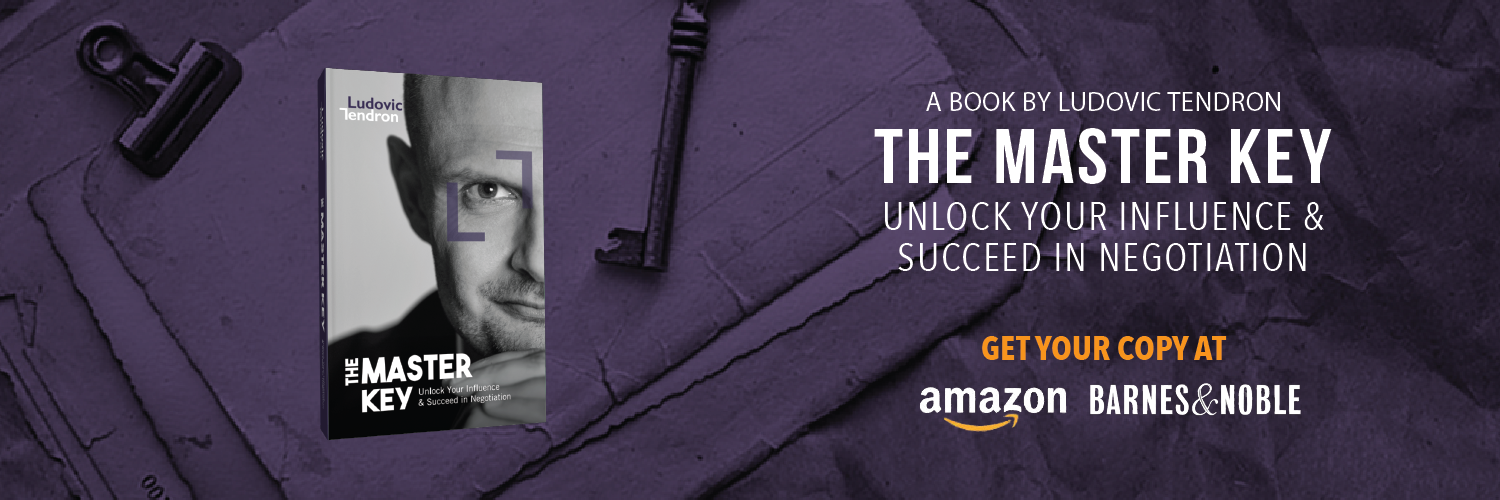Developing strategic brand partnerships is key to growing a business. There is a limit to what corporations can do or achieve by themselves. Getting a strategic partner on board can help them go further or faster.
Brand partnerships have to create extra value. 1+1 should equal 3 and not 2. This is a basic principle.
Companies don’t need to be too close to generate value, as long as they have a common objective, they pour minimum resources, communicate well, respect and understand their differences.
As a negotiator, I like sourcing and negotiating partnerships. They require creativity, trust and relationship development. True creators of partnerships bring great value to their partners and has the ability to connect the right dots with a limited budget. I am, of course, not saying that the best partnerships are created with little money, but when budgets are high, people have a tendency to think a bit less out of the box. Money can buy a lot of things.
Strategic partnerships require a minimum of time, money and other valuable resources to be successful.
I have been working on brand partnerships in Asia focused on the hospitality, luxury and lifestyle sectors for over 20 years (Champagne, credit-cards, airlines, professional football teams, luxury goods, and more). Here are 5 steps on how to establish successful brand partnerships based on my experience:
Strength and weaknesses - Identify the strengths and weaknesses of both partners and how they can complement each other. They should obviously not be competition and their differences (capabilities, culture and motivations) should be accepted and understood by both parties
Common goal - Identify a great common goal for both partners being a category of customers, a market, a joint service or product, etc. The idea is to have an outcome that would otherwise be slow, difficult or impossible for one partner to achieve alone
Value - identify the value which is expected to be created by joining forces and what metrics are going to be used to track such added value. There are financial metrics (e.g. sales revenue, ROI, etc), strategic metrics (e.g market share, image, customer loyalty), and operational metrics (e.g traffic and engagement on a platform, leads, staff recruitment)
Strategy - what strategy should be put in place to reach the objective and what contribution is expected from each partner? What would be the priorities? What is the action plan? Etc.
Communication - Communication among people in charge of the strategy and implementation of the partnership on both sides is very important. The right leaders should be assigned to negotiate, implement and check the progress of the partnership. Regular meetings (face-to-face if possible) or discussions should take place regularly to assess and adjust. Reports should be produced. Effective communication helps building and maintaining trust
Exit - Like with any human relationship, corporate relationships may change. The corporate objectives may also change, especially in a speedy complex world. It is also possible that the objectives or limits of the partnership have been reached. Partners should keep a good relationship as they can get close again. Play the long term game
If you need any assistance to source, negotiate and implement strategic, marketing or brand partnerships in Singapore or the rest of Asia Pacific, please fee free to contact us.




